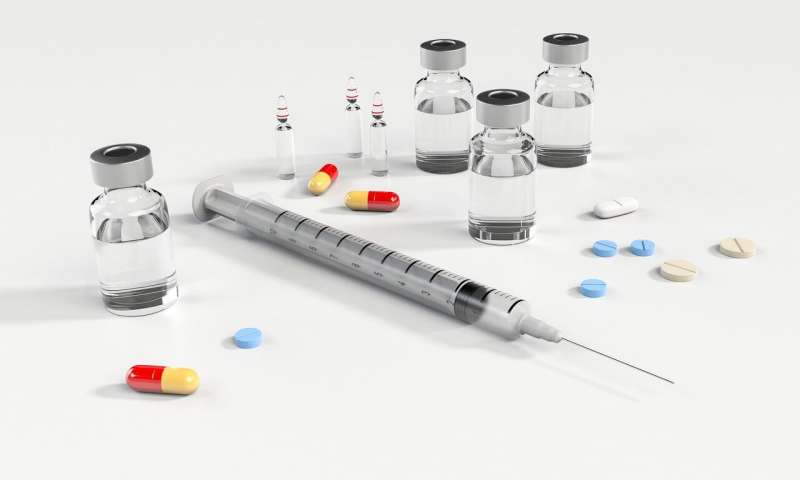Updated Guidelines for Nonoccupational Postexposure Prophylaxis (nPEP) for HIV

The CDC has released updated guidelines for nonoccupational postexposure prophylaxis (nPEP) for HIV, emphasizing tailored treatment regimens, follow-up, and the role of PrEP in prevention efforts.
Recent updates to the guidelines for nonoccupational postexposure prophylaxis (nPEP) for HIV have been published in the May 8 issue of the Morbidity and Mortality Weekly Report by the U.S. Centers for Disease Control and Prevention (CDC). These revised recommendations aim to enhance prevention strategies following potential HIV exposure outside of occupational settings.
The CDC team, led by Dr. Mary R. Tanner, has refined the 2016 guidelines, providing detailed considerations for managing HIV exposure in the United States. Key updates include advice on testing protocols, specific nPEP regimens, and considerations for individuals who have previously received long-acting injectable antiretroviral therapies.
For most adults and adolescents, the preferred nPEP regimens now include bictegravir combined with emtricitabine and either tenofovir alafenamide or tenofovir disoproxil fumarate, as well as dolutegravir with similar backbone medications. Treatment plans are adaptable based on individual clinical circumstances. Follow-up care is critical and typically involves initial assessments at 24 hours, followed by evaluations at four to six weeks and at 12 weeks post-exposure, to monitor for side effects and conduct laboratory testing.
An important aspect of these guidelines is the promotion of preexposure prophylaxis (PrEP) as a strategy for those at ongoing risk of HIV exposure. Patients starting nPEP should be informed about PrEP options, and a transition plan from nPEP to PrEP should be established for individuals with persistent risk. The CDC emphasizes the importance of education and communication to increase awareness among healthcare providers and community members about the availability and effectiveness of nPEP and PrEP.
These updates aim to strengthen HIV prevention efforts by ensuring timely, tailored interventions following potential exposure, ultimately supporting efforts to reduce new HIV infections in the community.
Stay Updated with Mia's Feed
Get the latest health & wellness insights delivered straight to your inbox.
Related Articles
Genetic Subtypes of T-Follicular Helper Lymphoma Influence Patient Outcomes
Recent research uncovers distinct genetic subtypes of T-follicular helper lymphoma that are associated with different patient outcomes, paving the way for targeted treatments and improved prognosis.
Artificial Intelligence Revolutionizes Cardiac Disease Detection Using Routine Scans
A new AI tool developed by Mass General Brigham enables detection of hidden coronary calcium in routine CT scans, improving early cardiovascular risk assessment and prevention.



